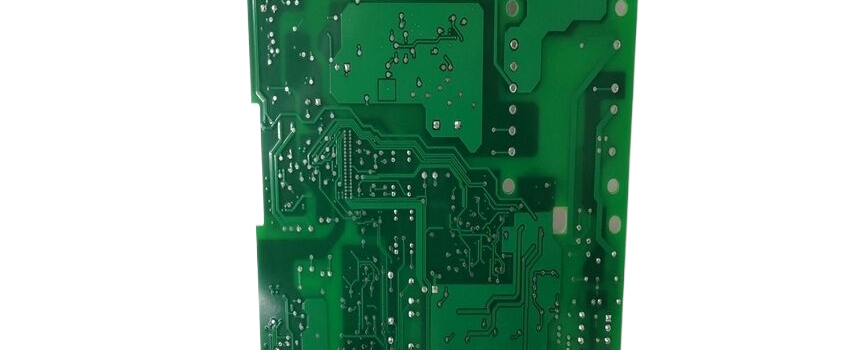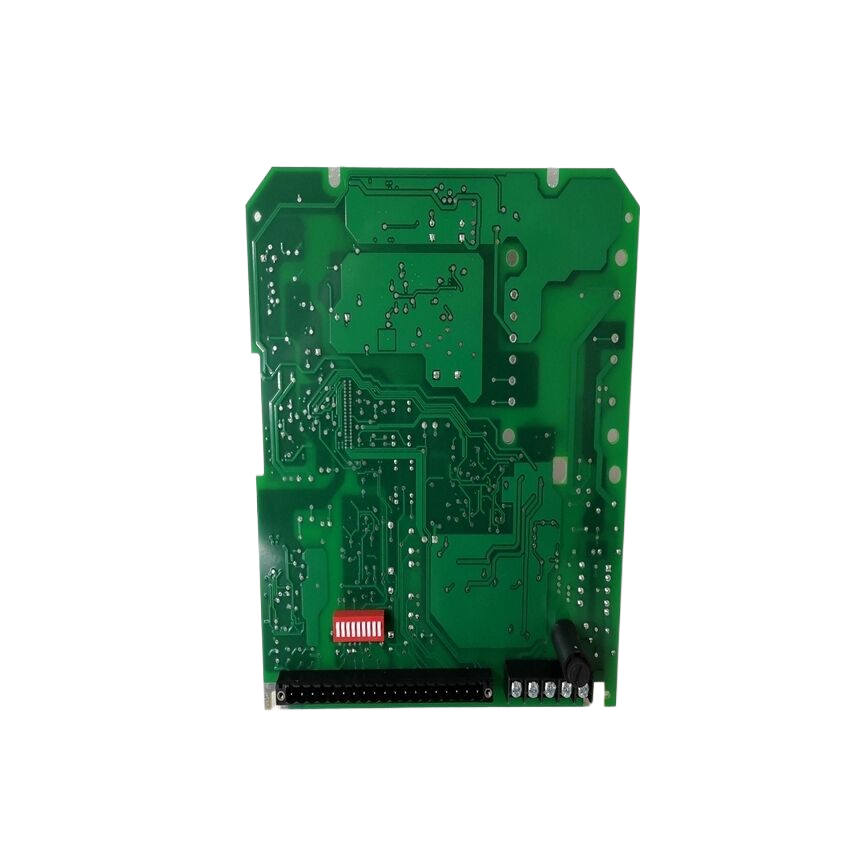
Food traceability is not only a matter of compliance but also essential for maintaining customer trust and brand reputation. According to a survey by the US’s Center for Food Integrity, 55% of consumers have changed their food purchasing behaviour in response to food safety concerns. Ryan Guthrie, vice-president of Shibaura Machine partner TM Robotics, explains how advanced artificial intelligence (AI), robotics and machine learning technologies can help manufacturers improve food traceability, ensure the safety of their products and build trust with customers.

Among the many worries currently surrounding the rapid evolution of AI is a potential lack of transparency and accountability. A report by the AI Now Institute, titled The State of AI 2019: Divergent Trends in AI, discusses how many AI systems are opaque and difficult to understand, which can make it challenging to hold them accountable for their decisions.
However, AI could help improve transparency and accountability for food manufacturers—particularly against one of the food industry’s biggest challenges, maintaining traceability. Manufacturers need to know where their products are coming from, where they are going, and who handled them in between. Being able to track a product from its origin through to the end consumer is critical, especially in the event of a recall or outbreak. Earlier this year, the US Food and Drug Administration (FDA) linked a Salmonella Infantis outbreak back to a specific flour manufacturer.
Automated traceability can help, here. For example, sensors and Internet of Things (IoT) devices can monitor environmental conditions such as temperature, humidity and light level. Or, barcoding and radio-frequency identification (RFID) allow for the easy tracking and identification of products as they move through the supply chain, providing real-time information on their location and status.